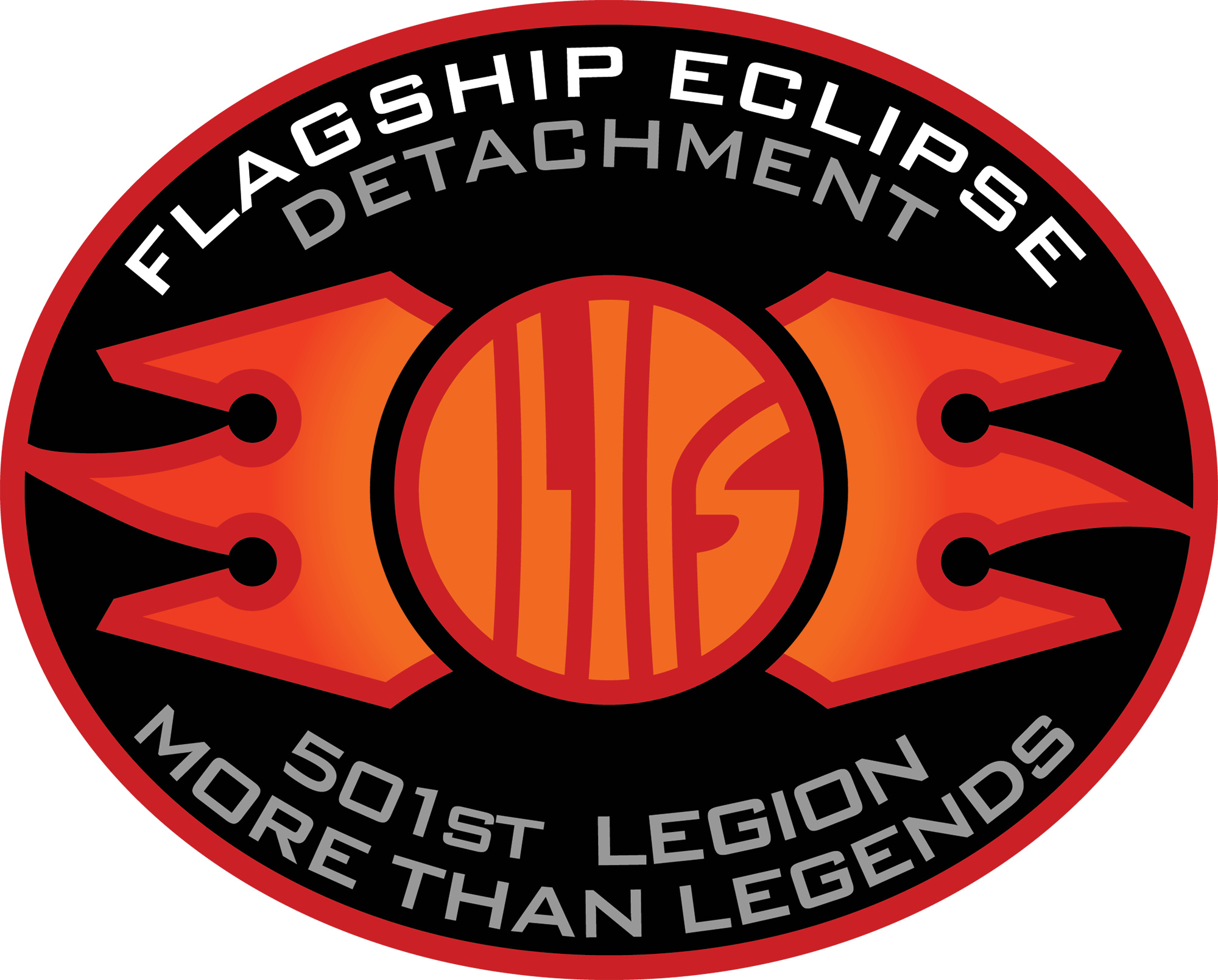
Daggerheart shares many similarities with Dungeons & Dragons, but crucial differences are important for players transitioning between the systems. One of the most significant distinctions is the strong emphasis on narrative. This takes a central role in nearly every aspect of Daggerheart. Player creativity and agency are two other high priorities for Critical Role’s TTRPG. Understanding these core pillars and the other differences is essential, particularly for game masters. However, players should also be aware of the differing elements of Daggerheart before fully engaging with this Dungeons & Dragons alternative. Only with all parties understanding this system can everyone fully enjoy the experience.
We have highlighted seven of the most important changes between Daggerheart and Dungeons & Dragons that all players should know. These aren’t the only differences, but learning these before sitting down to play will set players up for success. The other changes are not as major and can be learned while playing. Here are the seven things Dungeons & Dragons players need to be aware of in Daggerheart when switching TTRPGs and before starting that first campaign.
Duality Dice
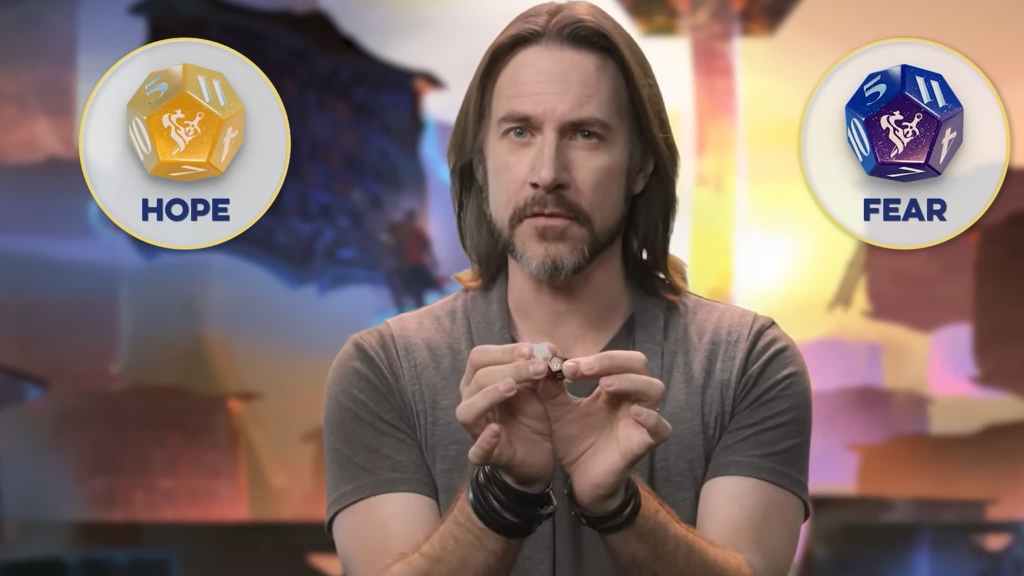
The biggest and most obvious change from Dungeons & Dragons in Daggerheart is the Duality Dice. No longer will a D20 decide your fate. Instead, most rolls will be made using two D12 dice, one representing Hope and the other representing Fear. Once rolled, both numbers are combined to get your total score for each action roll. As long as the number meets the required difficulty check set by the GM, that roll will succeed. However, there is a catch.
While players take both numbers rolled, the outcome is affected by whether the Hope or Fear die is the higher of two numbers. Rolling with Hope, achieved by having a higher Hope number, will grant players a Hope resource. This can be used with spells, abilities, and more, and generally is the desired outcome. On the other hand, if Fear is higher, the GM gains a Fear token, and there is some snag with the player’s desired effect even though the action succeeds. Fear tokens allow the GM to take the spotlight away from players, introduce obstacles in the narrative, and perform actions in combat.
Advantage & Disadvantage
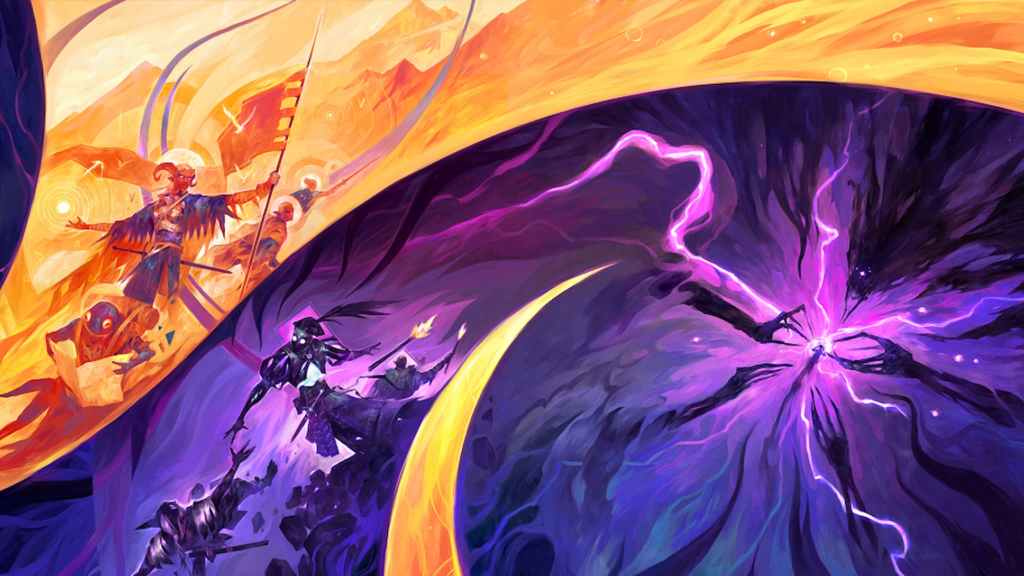
This should be a familiar aspect for Dungeons & Dragons players, though Daggerheart handles this mechanic differently. Instead of rolling an additional D20 and taking the higher or lower of the two numbers, Daggerheart’s advantage and disadvantage used a D6 die. If the players roll with advantage, they would roll the D6 and add it to their Duality Dice total. Rolling with disadvantage, however, subtracts the number from this roll.
Advantage and disadvantage can be gained through various methods. Some abilities automatically grant one or the other. An enemy or ally could impose advantage or disadvantage to assist or hinder. Sometimes, the GM may grant advantage or disadvantage at their discretion. Advantage or disadvantage can wildly change the outcome of an action roll and must be treated with respect. Advantage and disadvantage do cancel one another out, and players can not stack multiple counts of either.
Simplified Narrative Combat
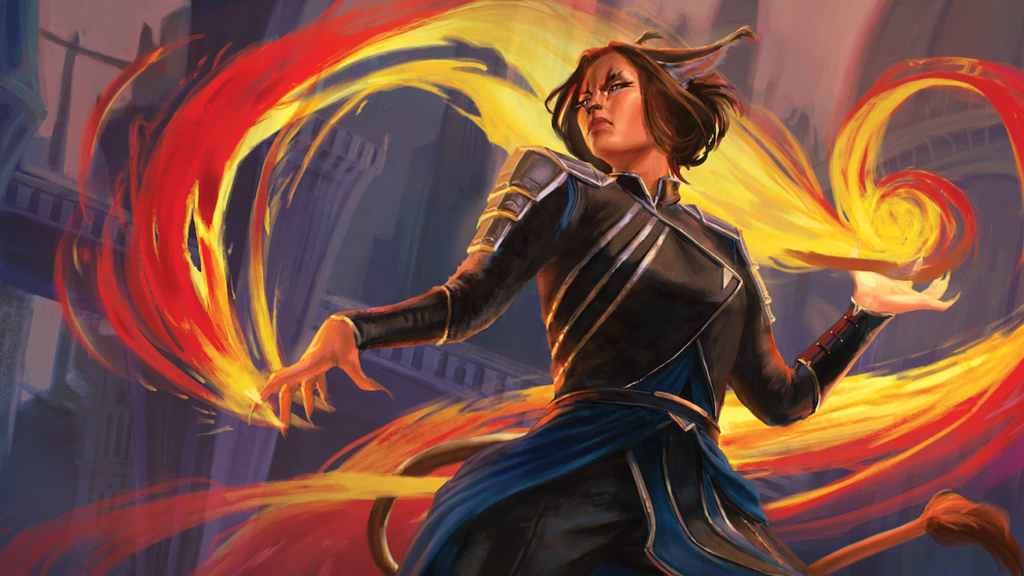
The biggest change in Daggerheart’s combat is the lack of initiative. Instead, players are free to take their actions in the order they wish. Players can even make multiple actions before another player moves, but this is less common. Players should coordinate with one another, taking into account the narrative when deciding who moves and what to do. Another aspect of this change is players can do team attacks, often delivering powerful blows and activating big effects that can turn the tide of the battle.
However, as the players can move when they want, so can the GM. This is done by taking the spotlight away from the players, often spending a Fear token. Doing so allows the GM to activate an enemy’s attack or summon more enemies to the battle. This narrative give and take between the GM and players creates more freedom in combat and allows the narrative to be at the center of role-playing and combat.
Domains and Domain Cards

Domains and Domain Cards largely replace spells, class abilities, and more from Dungeons & Dragons. Each class is assigned two Domains, allowing them to pull from the respective Domain’s Domain Deck. Players will be limited in their choices at first, but as they level up new Domain Cards become available and players can multiclass to gain more Domains.
A player’s skill set and abilities will be determined by the Domain Cards they select. Some will grant passive effects while others give players powerful spells and attacks. Domain Cards may require a cost, such as marking a Stress, that forces the player to strategize when and when not to use them. Others may have a limit on when or how many times they can be used, further forcing players to carefully consider how to use their Domain Cards.
Battle Points & Enemy Stat Blocks
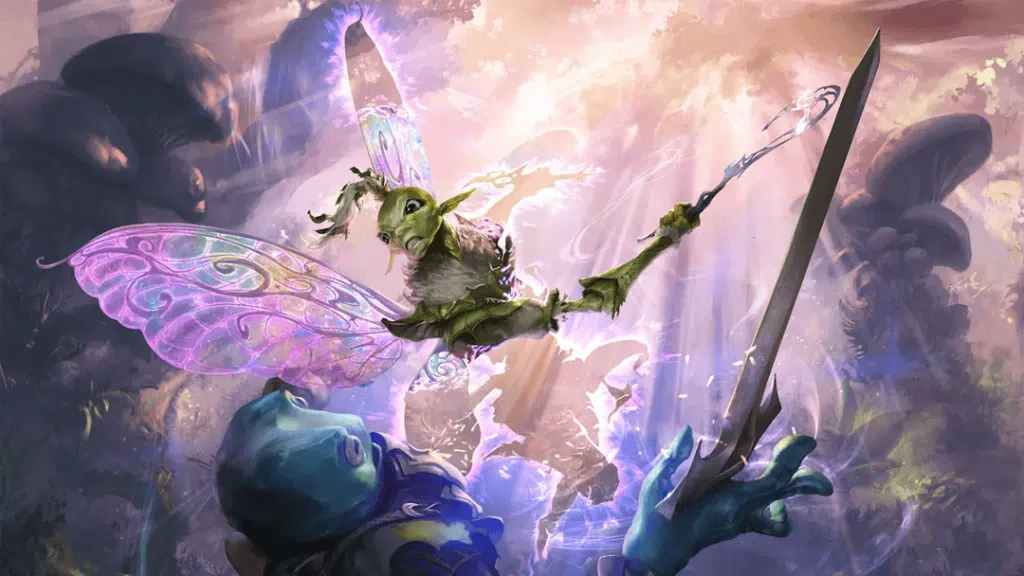
Daggerheart does away with CR, instead using Battle Points. This essentially acts as the GM’s budget for combat and the core set provides a basic formula to calculate this, but it can be modified depending on how difficult the GM wants the encounter to be. How points are distributed is determined by the types of enemies the GM plans to use. Minions, the weakest type of adversary, typically cost one Battle Point for a group equal to the size of the party, whereas a Solo adversary would cost five Battle Points.
The types of enemies largely determine the adversary stat blocks. This is further defined by Tiers, sorting enemies into danger levels. A Tier 2 Bruiser enemy will naturally be tougher than a Tier 1 Bruiser but may be stronger than a Tier 3 Minion. Balancing the types of enemies with their stat blocks ensures a balanced fight, or if the GM wants to raise the stakes, a more difficult battle. Enemy stat blocks provide all the information GMs need and function similarly to Dungeons & Dragons enemies, but the big change is the removal of CR and the addition of Tiers.
Character Death
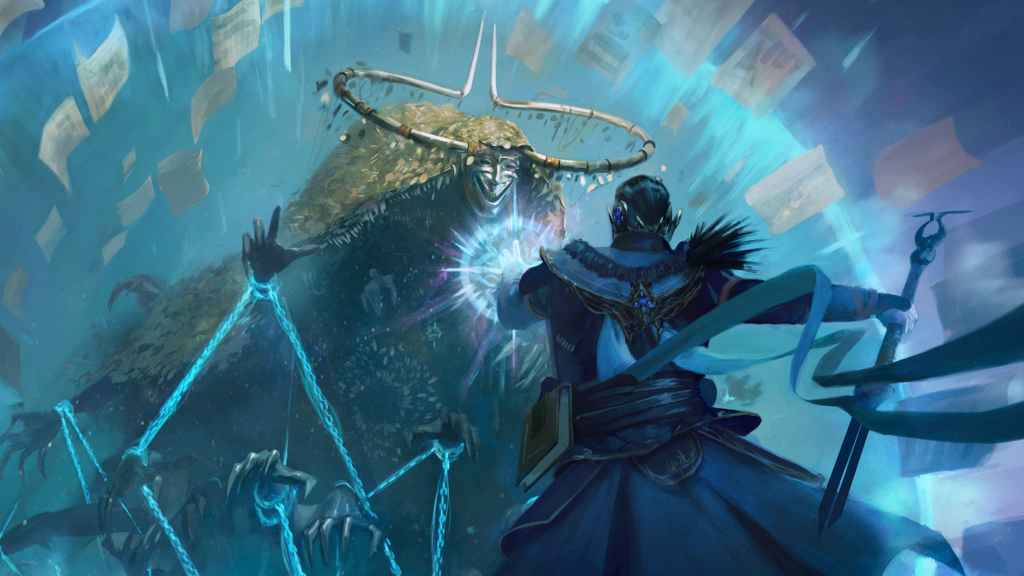
Character death can be one of the most impactful aspects of Dungeons & Dragons, but it feels so limiting. Upon hitting zero hit points, a player proceeds to make death-saving throws until they succeed or fail three times, are revived by an ally, or an enemy delivers a final blow. Most of the decision is removed from the player, taking away their agency. However, this is not true of Daggerheart, which thrusts this choice into the hands of the player and lets them affect the narrative during this crucial moment.
Upon marking the last hit point, the player is forced with a choice. They have to decide on a Death Move. The three main options are Blaze of Glory, Avoid Death, or Risk It All, each with its perks and benefits. Should the player choose to let their character die in a Blaze of Glory, they can immediately take action and perform it with a critical success. Avoiding Death simply allows the player to go unconscious rather than perish, but there are consequences, such as taking a scar. Finally, Risk It All allows players to gamble. The Duality Dice are rolled, with the higher die determining whether the player gets back on their feet to continue the fight or succumb to death.
HP, Stress, Evasion, and Armor
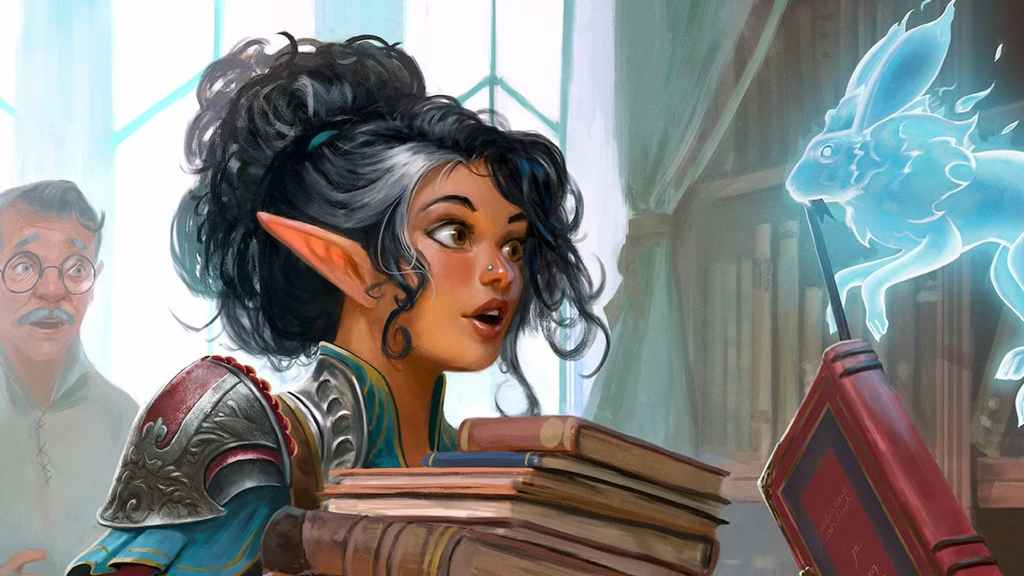
Daggerheart drops the Armor Class and hit point systems of Dungeons & Dragons, opting for a variation. Players have four main stats in aspect, HP, Stress, Evasion, and Armor. These stats are typically determined by class, armor, abilities, and player choices. Each of these stats is responsible for keeping players up and plays an important role throughout Daggerheart.
Evasion is the closest match for AC, determining a player’s ability to avoid attacks. Enemies must roll high enough to strike the player, which is determined by their Evasion score. Armor is for players who are hit. Just because a blow lands does not mean a player takes damage. Instead, they can mark an Armor Slot to negate the damage or reduce it depending on whether it is Minor, Major, or Severe. Stress consists of the physical and mental strain on players. Marking Stress can make a player Vulnerable and eventually cause them to take damage to their HP.
Daggerheart is an exciting new TTRPG and fans have been eagerly anticipating it. While the beta gave players an early look, the full-release product has made significant changes. Many of these changes further differentiate it from Dungeons & Dragons, but players will still find many of its systems familiar and easy to learn. Eventually, with enough playtime, D&D players will have every system and stat memorized for Daggerheart.
The post 7 Things Dungeons and Dragons Players Need to Know About Daggerheart appeared first on ComicBook.com.
